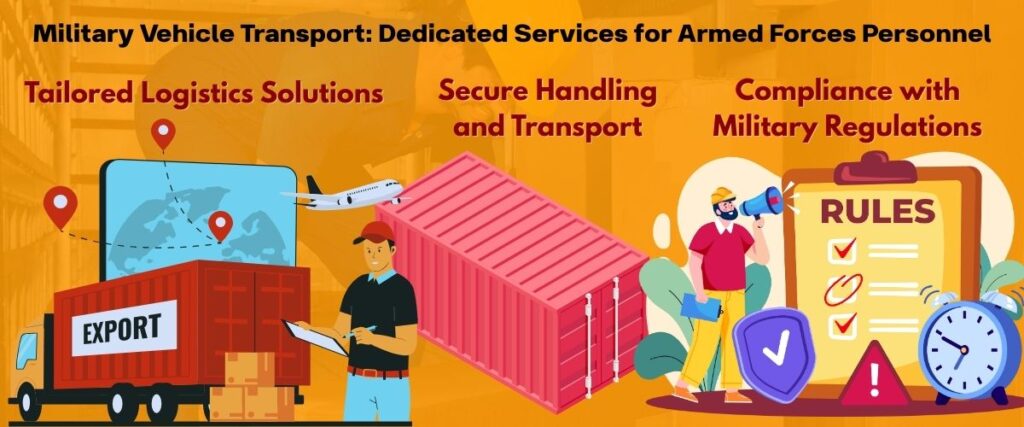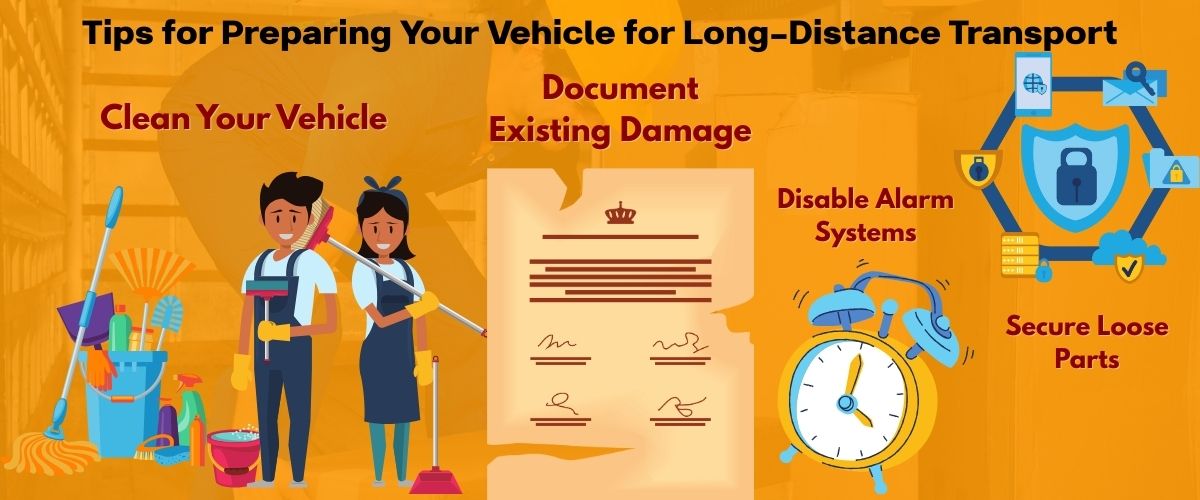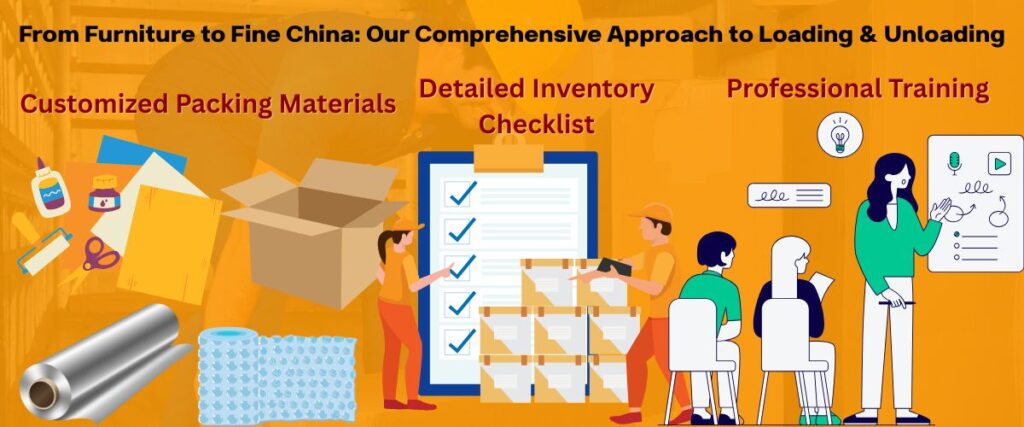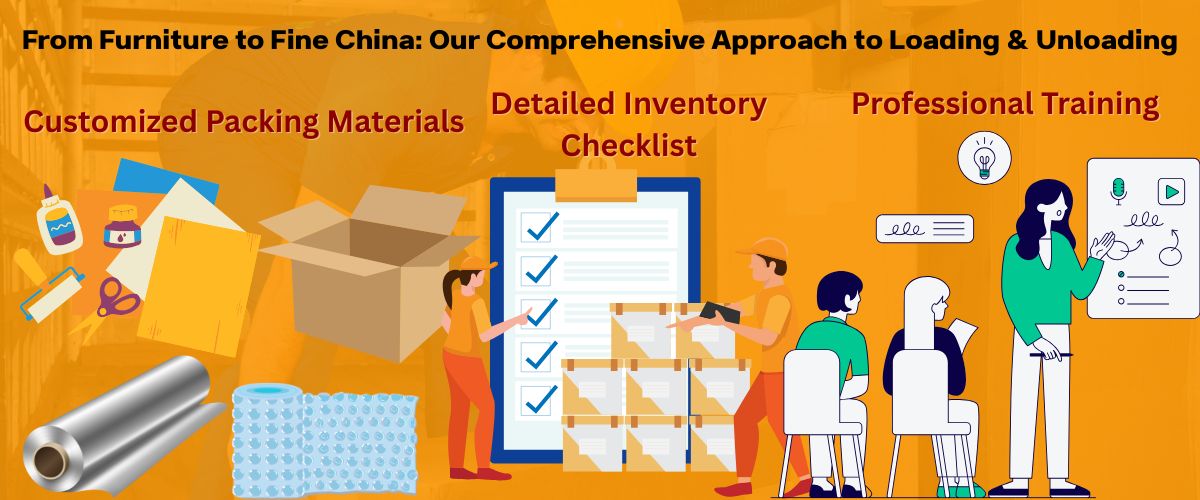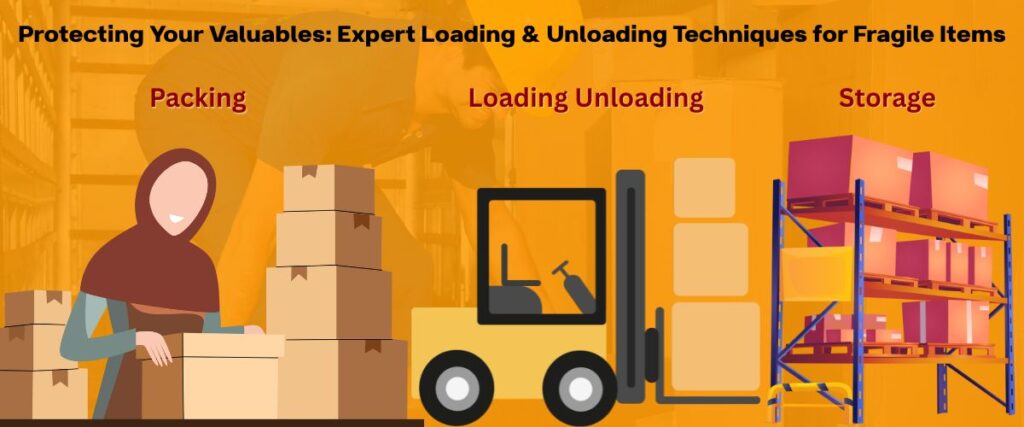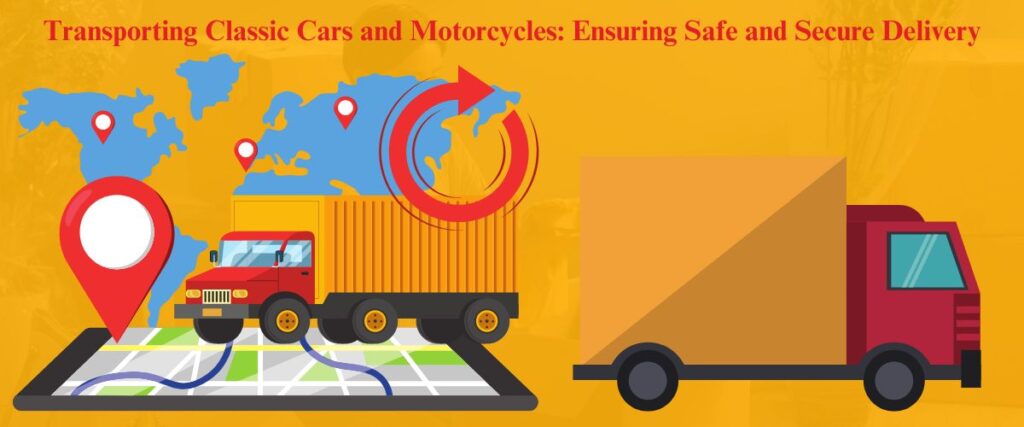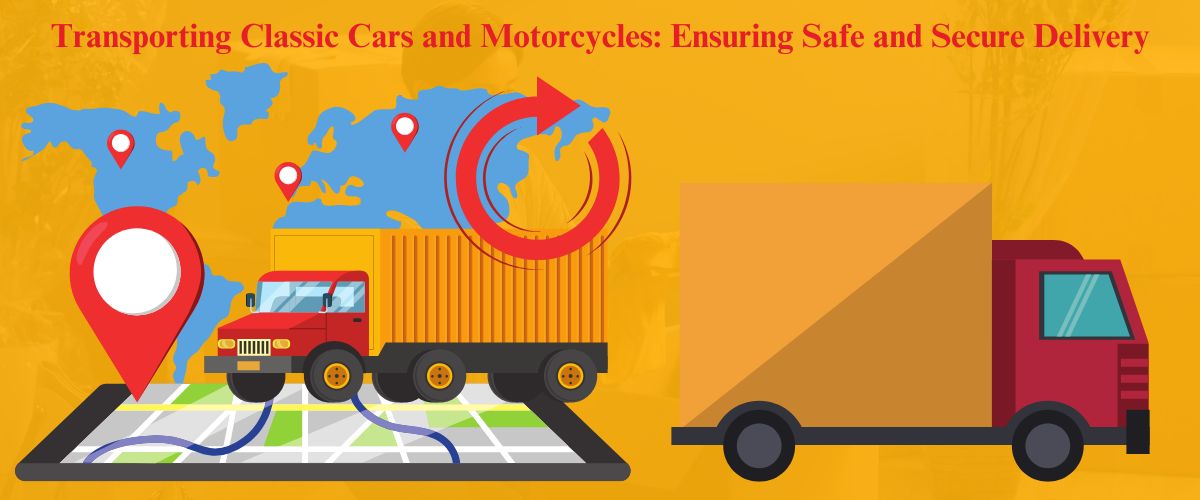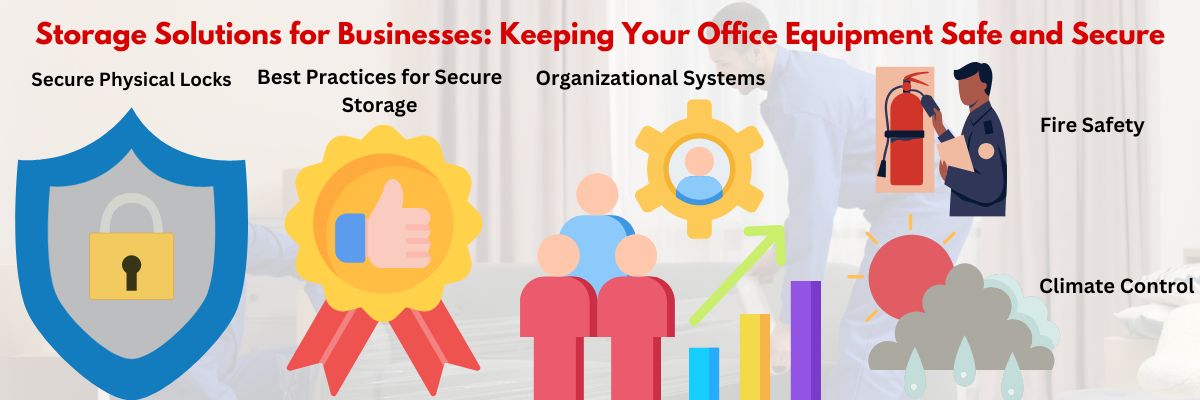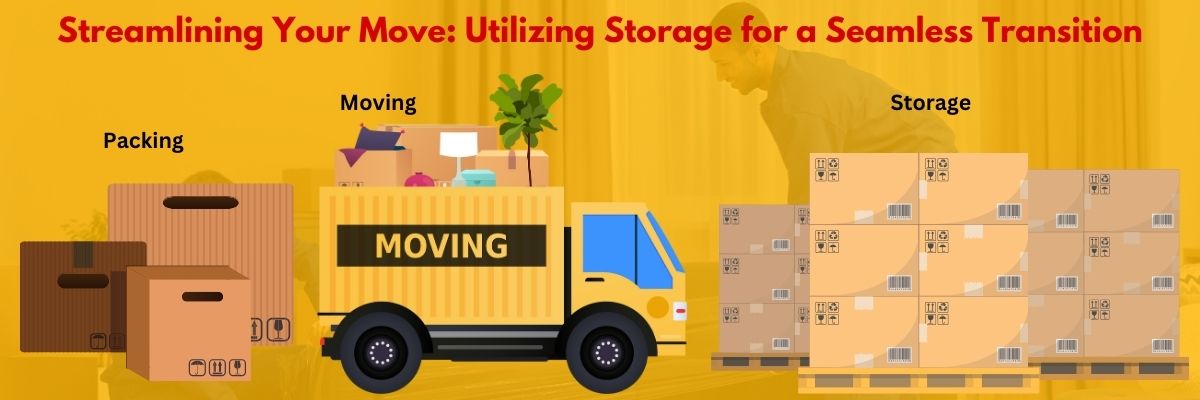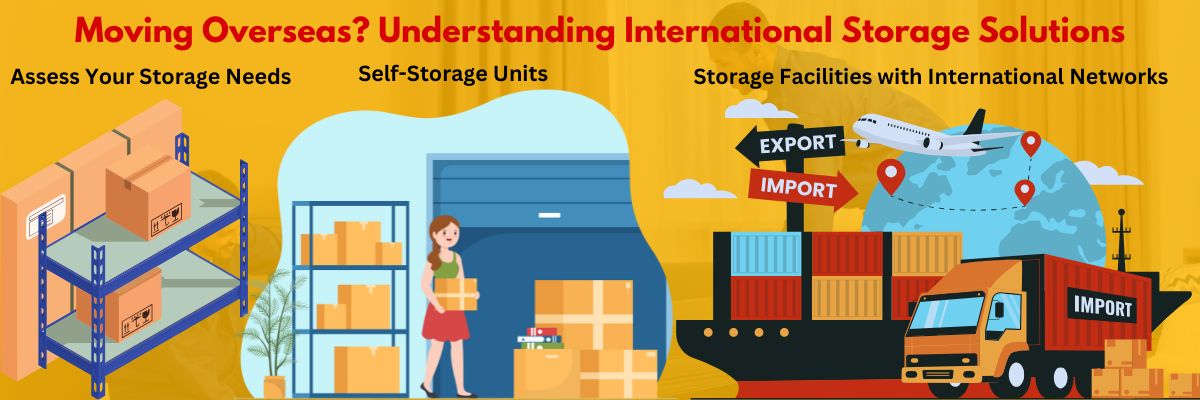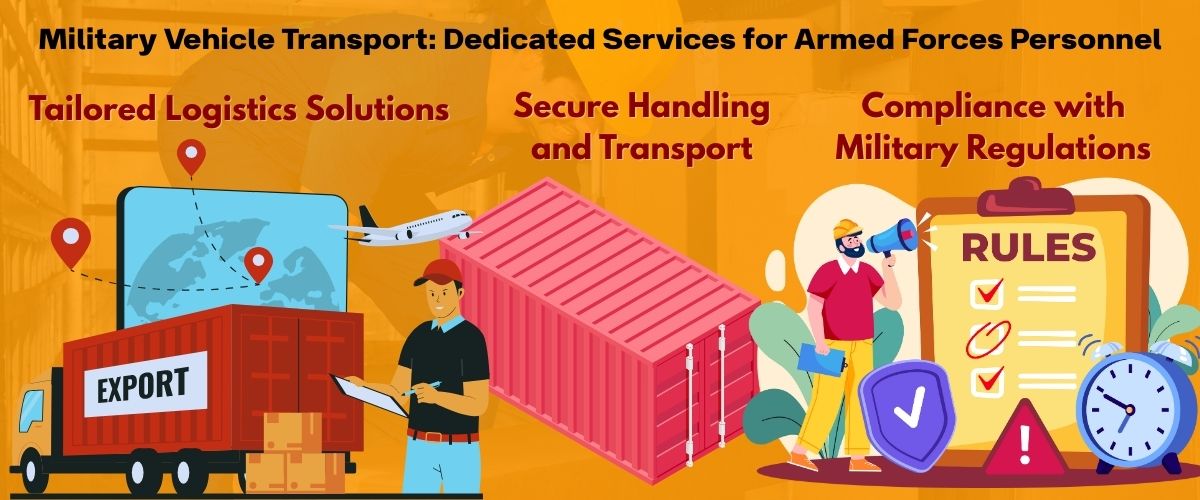
Military Vehicle Transport: Dedicated Services for Armed Forces Personnel
The transportation of military vehicles is a critical aspect of armed forces operations, requiring specialized services to ensure reliability, efficiency, and security. This document outlines eight key points regarding the dedicated services for military vehicle transport, highlighting the essential considerations and benefits provided to armed forces personnel. The transportation of military vehicles is a specialized service that demands meticulous planning, secure handling, and adherence to stringent regulations. Dedicated services for armed forces personnel provide tailored logistics solutions, expertise in handling diverse vehicle types, real-time tracking, and comprehensive support. These services ensure that military vehicle relocations are conducted with the highest levels of reliability, efficiency, and security, ultimately contributing to the operational readiness and effectiveness of armed forces.
Tailored Logistics Solutions
Many military personnel relocate frequently, making reliable, affordable, and safe vehicle shipping essential. Reputable military-focused brokers efficiently coordinate trusted transport carriers to make each relocation a breeze. They offer flexible shipping options, balancing cost and protection, including open transportation, which is suitable for most standard POVs. Enclosed transport is also available for those who want a more secure option.
During wartime, the total defence concept enables military units to augment logistics capacities with civilian vehicles temporarily requisitioned from non-military companies and organisations as well as private owners. The mobilization process is governed by laws specifying conditions, obligations, and rights for all involved parties.
Secure Handling and Transport
Most armed forces members live in hectic and stressful lifestyles. They are constantly relocated, transporting their private vehicles and personal possessions across cities or even countries. For this reason, military personnel look for reliable auto transport services that can ease the relocation process and give them peace of mind throughout the entire shipment period.
Specialized military car shipping companies have a number of key features that make their services stand out from other auto transport providers. For one, they offer flexible scheduling options and expedited delivery to accommodate the time-sensitive nature of military moves. They also recognize that some service members may have sensitive government-issued vehicles or other valuable belongings in their cars, and they implement strict protocols to protect them from any possible theft or damage during transit.
In addition, they offer a door-to-door service to avoid costly terminal-to-terminal deliveries. Military vehicle transport companies may also help service members with arranging comprehensive insurance coverage on their vehicles, which can cover any damages or losses during shipping.
Expertise in Handling Diverse Vehicle Types
Military vehicle transport is a complicated process that requires specialized expertise. Dedicated military car shipping services are trained to handle all aspects of the move, including securing and loading equipment, following strict safety rules, and handling security concerns. They also know the ins and outs of different military vehicles, so they can quickly adapt to changes during transit.
The most important factor in ensuring a smooth military vehicle transport is thorough preparation and working with a reliable service. Look for a company with a strong reputation, positive reviews, and appropriate licensing and insurance.
Also, be sure to consult with your local transportation office for advice on what to expect during a PCS move. They can help you understand vehicle shipping allowances, limitations, and out-of-pocket expenses. You should also be prepared for possible weather disruptions and route changes. Choose routes that fit your vehicle's size and weight, and stay away from low bridges or narrow paths. Finally, remove or secure any loose items that could damage the vehicle during transit. This includes antennas, mirrors, and external storage accessories.
Compliance with Military Regulations
Getting ready for military vehicle transport is a detailed process. You need to check your vehicle’s fluid levels and make sure all leaks are repaired before relocating. You also need to clean the vehicle and remove personal items. Additionally, you should secure loose parts and accessories to avoid damage during transit.
In most cases, the military covers the cost of auto shipping for one privately owned vehicle during a Permanent Change of Station (PCS) move within the United States or between overseas locations. However, service members should speak with their transportation office to see what benefits are available for their specific relocation.
Dedicated military car shipping companies provide expert logistics solutions for PCS moves. They work closely with military bases to help make loading and unloading smoother, arrange for suitable accommodations, and solve any problems that may arise during transit. These steps improve the overall quality of the experience and ensure that vehicles are shipped securely across long distances. Additionally, they adhere to strict standards for Heavy Military Vehicle Transport Safety.
Real-Time Tracking and Communication
During deployments and other military operations, it’s vital that commanders and soldiers have real-time situational awareness. This allows them to make more informed decisions on the battlefield, resulting in improved mission success rates and force protection. It also enables them to better coordinate and synchronize their movements on the ground, which in turn reduces logistical requirements and costs.
In order to track and monitor their vehicles, equipment, key personnel and canine units, military bases need effective tracking and monitoring solutions that provide 24/7 visibility. This includes real time data and reporting, as well as remote alerts that allow them to save invaluable resources by reducing the need for maintenance and replacement.
To make it easier for service members to ship their personally owned vehicles, reputable shipping companies offer both open and enclosed auto transport options. In addition, they offer door-to-door delivery, ensuring that your vehicle arrives at its destination in perfect condition. When choosing a military car shipping company, look for transparent pricing. They should provide tools and shipping calculators that let you enter specific information about your vehicle to receive detailed quotes with all charges included, including possible fees like pick-up and delivery.
Efficient and Cost-Effective Services
Dedicated military auto transport companies provide efficient and cost-effective services to help ease relocations for service members. They understand that personally owned vehicles (POV) can be essential to family life and offer door-to-door car shipping that saves time and money compared to driving the vehicle to the new destination.
They work in coordination with unique timelines associated with PCS orders, ensuring vehicle pickup and delivery is timely and seamless. They also offer competitive and transparent pricing, which makes budgeting easy for service members. If the value of a vehicle warrants an extra level of protection, they can also provide enclosed transport options for added peace of mind.
Additionally, they often provide insurance to cover any unlikely damage during transit, mitigating monetary concerns for the service member. Their operations are also environmentally friendly, reducing emissions and fuel consumption from individual drivers. Ultimately, outsourcing these transportation tasks to professionals eliminates unnecessary stress for service members during relocations and ensures their cars are delivered on time and in the best possible condition.
Flexibility and Adaptability
A military lifestyle demands flexibility and adaptability, which is why many service members entrust their personal vehicles to specialized auto transport services. Dedicated to easing their relocation process and ensuring the safe delivery of their Personal Operating Vehicles (POV), these companies prioritize promptness, security measures, and transparent communication with customers.
Additionally, they provide flexible shipping options that suit various budgets and timelines. For instance, they offer open and enclosed auto transport services so that service members can choose the best option for their needs.
To further ensure the safety and efficiency of their shipping services, reputable military car shippers are certified by national regulatory bodies. Some even hold memberships to prestigious organizations that prove their commitment to excellence and high-quality customer care. As a result, they can deliver a seamless and hassle-free shipping experience for their military clients.
Comprehensive Support and Coordination
Military PCS vehicle shipping often requires a complex array of paperwork, inspections and procedures. Specialized brokers and trusted transport carriers understand these details and provide comprehensive, efficient support and coordination. They ensure that your vehicle gets where it needs to go with no issues or delays.
A reputable, military-focused auto transport company will give you a free car shipping quote online to help you estimate costs. This is essential to avoid any surprises, particularly if your car is large or exceeds standard shipping allowance capacities. Detailed quotes also let you see any potential extra fees like pick-up and delivery charges, as well as any expedited shipping options available.
Enclosed transport is a premium option that provides an extra layer of protection by shielding your vehicle from dust, debris and weather elements while it’s on the road. While it is more expensive than open shipping, the added safety and reliability may be worth it for you. For more information, contact your installation transportation office to better understand shipping allowances and limitations.

